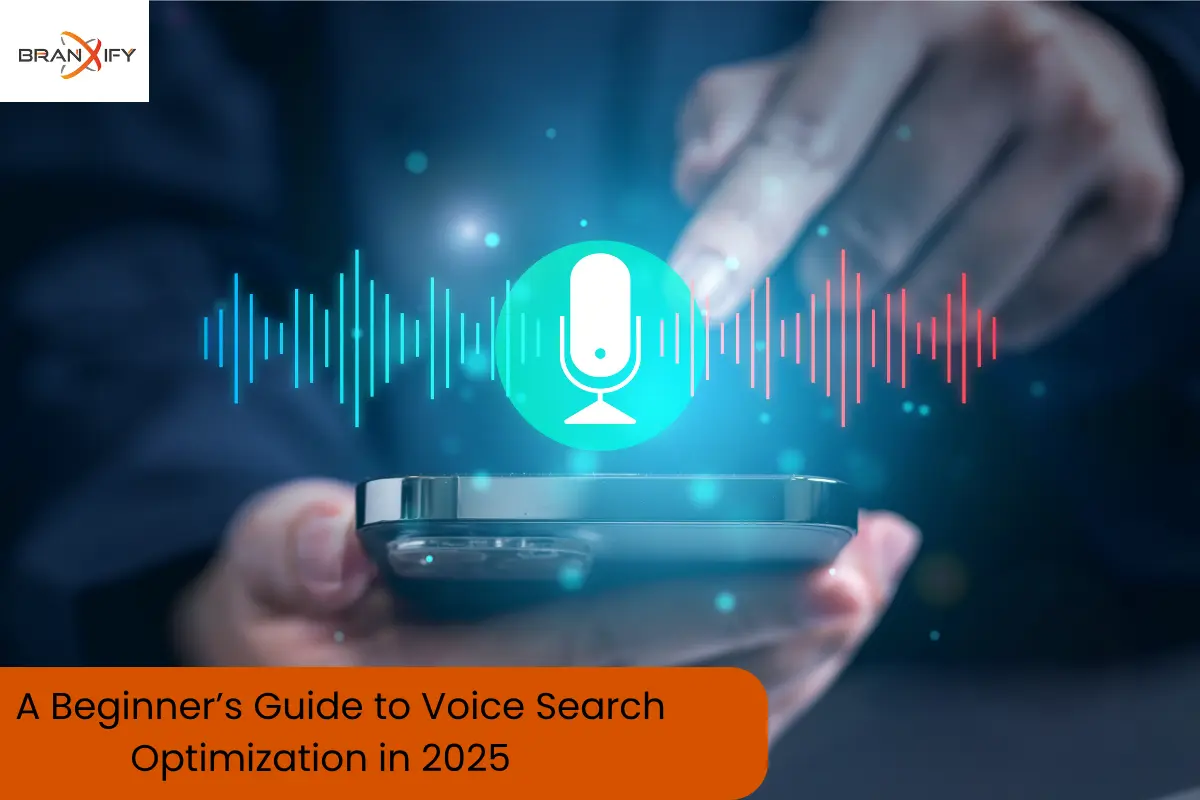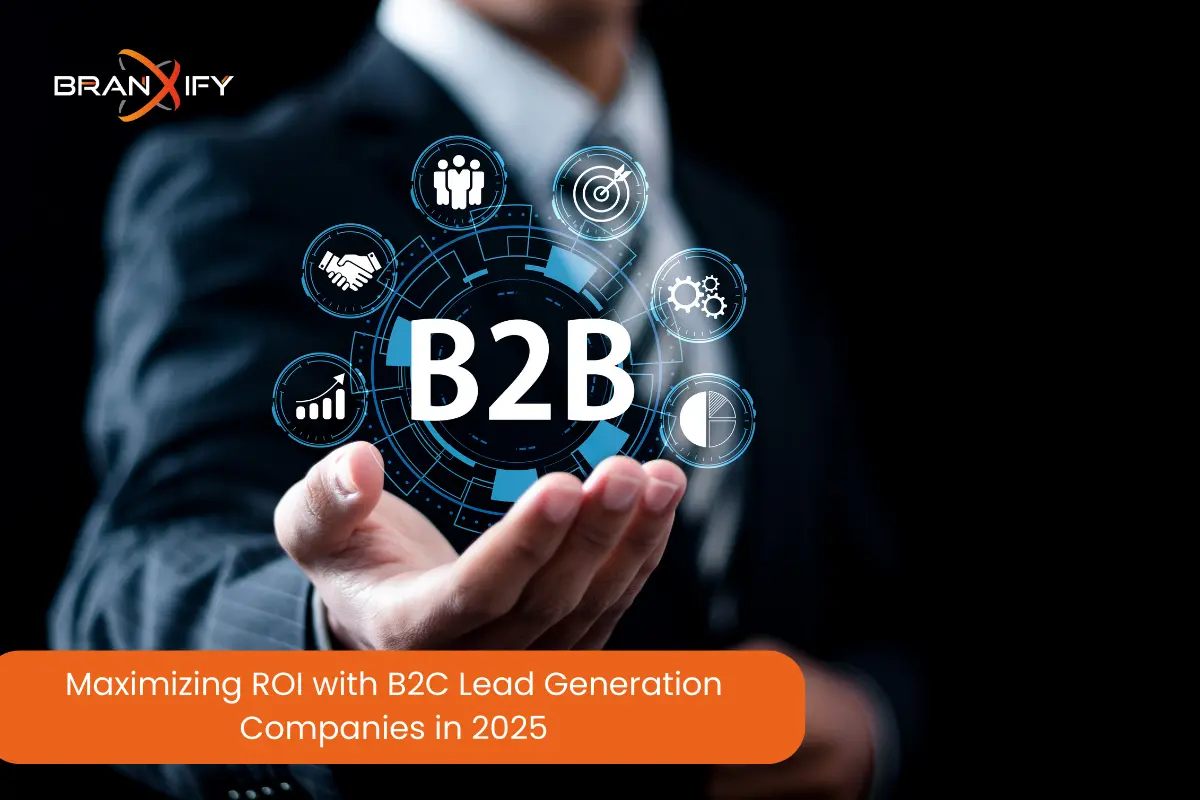Getting started with Google Ads can feel like a big leap, but it’s one of the smartest moves you can make to grow your business online. Whether you’re promoting a product, service, or brand, Effective Google ads campaign that can help you reach potential customers right when they’re searching for what you offer. With over 8.5 billion searches made on Google every day, it’s a powerful tool to boost visibility and drive traffic.
In this guide, we’ll walk you through everything you need to know to launch your first campaign—step-by-step, without the fluff—so you can advertise with confidence and start seeing real results.
What are Google Ads, and why should you use them?
Google Ads is an online advertising platform developed by Google that allows businesses to create ads that appear on Google search results, YouTube, and across millions of websites within the Google Display Network. It operates on a pay-per-click (PPC) model, meaning you only pay when someone clicks on your ad. You can choose specific keywords, demographics, locations, devices, and more to control who sees your ad and when. Whether you’re a small business or a large enterprise, Google Ads offers flexible, measurable advertising options to suit your goals and budget.
Why Should You Use Google Ads?
Immediate Visibility
Google Ads puts your business in front of customers exactly when they’re searching for your products or services.
Targeted Reach
You can tailor your ads to reach specific audiences based on location, age, interests, search behavior, and more.
Trackable Results
Google Ads provides real-time data and performance marketing metrics, so you can measure ROI and make smart decisions.
Boosts Sales & Leads
With the right strategy, Google Ads can drive high-quality traffic that converts into leads, customers, and revenue.

Get Cost-Effective Google Ads Services for Your Business!
Is a Google Ads campaign worth it?
Yes, a Google Ads campaign is absolutely worth it, especially for businesses looking to boost visibility and drive targeted traffic. It offers measurable ROI, flexible budgeting, and precise audience targeting. With the right keywords and strategy, you can reach potential customers at the exact moment they’re searching, making it a powerful tool for increasing sales, leads, and brand awareness.
Types of Google Ads Campaigns
Google Ads offers several campaign types, each tailored to different goals and platforms. Understanding these options is essential to choosing the right one for your business needs. Here’s a breakdown of the five main types of Google Ads campaigns:
Search Campaigns
Search campaigns are the most common type of Google Ads. These text-based ads appear on Google’s search results page when someone types in keywords related to your products or services. They’re ideal for capturing high-intent users—people actively searching for what you offer.
Best for: Driving website traffic, leads, and sales
Example: A user searches for “affordable wedding photographer,” and your ad appears at the top of the results.
Display Campaigns
Display campaigns use visually engaging banner ads that appear across websites, apps, and Gmail through the Google Display Network. These campaigns are great for increasing brand awareness and retargeting users who’ve visited your site before.
Best for: Brand visibility, retargeting, and broad audience reach
Example: Your ad is shown on a news website to users interested in photography services.
Video (YouTube) Campaigns
Video campaigns let you run ads on YouTube and across Google’s video partner sites. These can be skippable or non-skippable ads, bumper ads, or even video discovery ads. Video is a highly engaging format and perfect for storytelling.
Best for: Brand awareness, product launches, and audience engagement
Example: A 30-second ad showcasing your new product plays before a YouTube tutorial.

Boost Your Business with Google Ads Today!
Shopping Ads
Shopping campaigns are designed for e-commerce businesses. These ads display product images, titles, prices, and store names directly on Google Search and Google Shopping. They provide a visual way to showcase your inventory to shoppers.
Best for: Online retailers and e-commerce stores
Example: A user searches for “running shoes” and sees product listings with images, prices, and links to buy.
App Campaigns
App campaigns help you promote your mobile app across Google Search, Play Store, YouTube, and within other apps. You don’t have to design individual ads—Google uses your app info and assets to create them automatically.
Best for: App downloads and engagement
Example: A fitness app ad appears on YouTube and encourages users to install the app.

Maximize Your Sales with Branxify’s Expertise!
How To Set Up Your First Google Ads Campaign (Step-by-Step)
Setting up your first Google Ads campaign might seem intimidating, but it becomes much more approachable once you break it down into manageable steps. Follow this step-by-step guide to confidently launch your first campaign and start attracting the right audience to your business.

Step 1 – Choose Your Campaign Type
Before anything else, you need to decide what type of campaign you want to run. Google Ads offers several options—Search, Display, Shopping, Video, and App campaigns.
Search Campaigns are usually the best place to begin if you’re just starting out. They allow you to show text ads on Google’s search results page, reaching people who are already looking for your product or service.
Tip: Pick a campaign type based on your goal. Want more website traffic? Go with a Search Campaign. Looking to showcase products visually? Try Shopping Ads.
Step 2 – Set Your Goal and Campaign Name
Next, you’ll choose the goal of your campaign. Google provides options like:
- Sales
- Leads
- Website traffic
- Brand awareness
- App promotion
Your selected goal will guide the recommended settings and features for your campaign. Once you’ve chosen, give your campaign a name that’s easy to identify, especially if you plan to run multiple campaigns in the future. For example, “Search – Spring Sale – April 2025” is better than just “Campaign 1.”

Increase Conversions and Grow Your Brand Fast!
Step 3 – Define Your Audience and Targeting Options
Now it’s time to get specific about who you want to reach.
You’ll be able to set:
- Location targeting:
Choose countries, cities, or custom areas. You can even exclude specific regions.
- Language:
Select the languages your audience speaks.
- Demographics:
Target users based on age, gender, household income, and parental status.
- Devices:
Choose whether your ad appears on desktops, mobile devices, tablets, or all three.
Pro Tip: The more clearly you define your audience, the better your campaign will perform. Narrow targeting can mean higher relevance and better click-through rates.
Step 4 – Set Your Budget and Bidding Strategy
Your budget controls how much you spend each day. Start small—Google recommends around $10–$50/day for beginners, but even $5 can be a solid starting point.
Next, choose a bidding strategy that aligns with your goal. Options include:
- Maximize clicks: Good for website traffic.
- Maximize conversions: Ideal if you’ve set up conversion tracking.
- Manual CPC: Gives you full control over individual keyword bids
Don’t stress too much about bidding at the beginning—Google’s automated options are smart and helpful for first-timers.
Step 5 – Create Your Ad Groups
Think of ad groups as folders that organize your ads by theme. Each ad group should focus on a single topic, product, or service.
For example, if you’re a florist, you might create separate ad groups for:
- Wedding bouquets
- Valentine’s Day flowers
- Birthday arrangements
This helps you deliver more relevant ads and match them closely with user search terms, improving both ad performance and Quality Score.
Step 6 – Add Keywords Using Keyword Planner
Now comes one of the most critical steps—adding keywords.
Use Google’s free Keyword Planner tool to find keywords your target audience is searching for. Focus on terms with high relevance and medium to high search volume. Don’t forget about long-tail keywords (e.g., “affordable wedding bouquets in Austin”)—they’re less competitive and often more cost-effective.
Match types to know:
- Broad match: Reaches a wide audience (less targeted)
- Phrase match: Shows for phrases that include your keywords
- Exact match: Only triggers ads for exact search terms
Start with a mix, monitor performance, and refine over time.

Ready to See Results with Google Ads?
Step 7 – Write Compelling Ad Copy
Your ad copy is your elevator pitch—make it count.
Each text ad includes:
- Headlines (up to 3): Grab attention. Be clear and benefit-focused.
- Description (up to 2 lines): Explain why users should click. Add a call to action (e.g., “Book Now,” “Get a Free Quote”).
- Display URL: A clean, readable version of your URL
Tips for writing ad copy:
- Address the searcher’s intent
- Highlight unique selling points (free shipping, 24/7 service, discounts)
- Include your keywords in the headlines for relevance
Keep it concise, persuasive, and focused.
Step 8 – Add Relevant Ad Extensions
Ad extensions let you add extra information below your main ad text, helping your ad stand out and increasing your click-through rate.
Common ad extensions include:
- Sitelink Extensions: Link to specific pages (e.g., Contact, Services, FAQ)
- Callout Extensions: Highlight features like “Free Returns” or “Open 24/7”
- Call Extensions: Add a clickable phone number
- Location Extensions: Show your business address or map
You don’t pay extra to use them, and they improve your ad’s visibility—so take advantage of them!
Step 9 – Review and Launch Your Campaign
Before going live, carefully review everything:
- Are your keywords relevant and grouped correctly?
- Does your ad copy match your keywords and landing page?
- Is your targeting too broad or too narrow?
- Have you set the right goal and budget?
Google will show you a summary of your campaign setup. Make any necessary changes, and when you’re satisfied, hit “Publish” to launch your campaign!
Common Mistakes First-Time Advertisers Make

When you’re new to Google Ads, it’s easy to make small mistakes that can cost you time and money. Learning about these common issues can help you avoid them and run a more successful campaign.
Targeting Too Broadly
Many beginners aim to reach as many people as possible, but wide targeting often means your ads are shown to people who aren’t really interested. This leads to low engagement and wasted budget. It’s better to define your audience clearly by using filters like location, age, interests, and keywords. The more specific your targeting, the more likely your ad will reach someone who’s ready to take action.
Ignoring Mobile Optimization
Most users today browse on their phones. You risk losing those valuable clicks if your website or landing page isn’t mobile-friendly. A slow-loading or hard-to-navigate page causes users to bounce quickly. Always test how your page looks and functions on mobile devices before launching your ad.
Not Tracking Conversions
Clicks alone don’t show whether your ad is working. If you aren’t tracking conversions, you won’t know if people are actually buying, signing up, or contacting you. Set up conversion tracking in Google Ads to understand what’s really driving results.
Writing Vague or Irrelevant Ad Copy
Your ad copy should clearly match what your audience is searching for. Avoid generic statements. Instead, use strong keywords, highlight your main offer, and include a clear call to action. A good copy improves clicks and conversions.
Why Choose Branxify for Your Google Ads Campaign?
When you’re looking to get your business noticed online, Branxify is the best choice to help you make the most of Google Ads. We’re here to make sure your ads reach the right people and get real results!
We Make It Personal
We don’t just set up a basic Google Ads campaign. At Branxify, we take the time to understand your business and goals. This means we create ads that speak directly to your customers, helping you stand out in the crowd.
We Know What Works
Our team has years of experience running Google Ads campaigns. We know what’s needed to get the best results, and we use smart strategies to make sure your ads reach the right people. We’re always working behind the scenes to tweak your ads and make them even better.
We Focus on Your Success
At Branxify, your success is our number one goal. We measure everything closely to ensure your ads are bringing in more clicks, calls, and sales. We’re always ready to make changes to improve the campaign and ensure you get the best return on your investment.
Choose Branxify for your Google Ads campaign and watch your business grow faster!

Grow Your Business with Data-Driven Google Ads!
Let’s Wind Up!
Setting up your first Google Ads campaign might seem overwhelming at first, but with the right approach, it can be a rewarding experience. By following the steps outlined above—choosing the right campaign type, setting goals, targeting the right audience, and optimizing your ads—you’re on your way to driving more traffic and increasing conversions. Remember, the key to success is constant testing and refinement. Stick with it, and soon you’ll see the results of your efforts!
FAQs
Is $10 a day enough for Google Ads?
Yes, $10 a day can be enough for a small campaign, but it depends on your industry, targeting, and goals. It may work for testing and small local campaigns.
Is a Google Ads campaign worth it?
Yes, Google Ads can be highly effective for reaching potential customers quickly. If managed well, it provides a good return on investment by driving targeted traffic and conversions.
Is Google Ads free to use?
No, Google Ads is not free. You pay based on your chosen bidding strategy (like cost-per-click). The platform allows you to control your budget and spending.
Do Instagram ads work?
Yes, Instagram ads are effective, especially for visually driven products or services. With highly targeted options, they can help increase brand awareness and engagement and drive traffic to your website.





